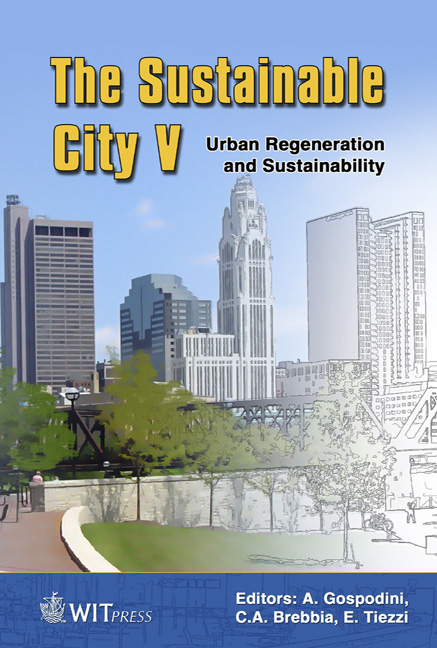A Case Study: Canberra – Australia’s National Capital
Price
Free (open access)
Transaction
Volume
117
Pages
11
Page Range
421 - 431
Published
2008
Size
2,194 kb
Paper DOI
10.2495/SC080401
Copyright
WIT Press
Author(s)
C. S. Stewart
Abstract
The design of Canberra was the result of an international design competition conducted by Australia’s Commonwealth Government in 1911–1912. The original concept and vision for the city conceived by Walter Burley Griffin was largely based on principles of grand boulevards with public transport, high-density development, mixed use, a walkable scale and integration with the natural landscape. In other words, the essential underpinnings of a sustainable city construct. However, major city growth in the 20th Century focused on building suburbs ‘suburbanism’ with the car as the primary means of transport. The emphasis was on building expressways, parkways and a road system designed for high-speed car movement. This development was known as the \“Y” plan which aimed at decentralizing urban development rather than consolidating the central urban area. Today the focus in urban planning of the city is towards revisiting the original intentions of the \“Griffin Legacy” to achieve a more sustainable national capital. The purpose of this paper and its research and observations is to explore recent development projects and planning policies in the nation’s capital city highlighting this paradigm shift back to the original conception of a sustainable city. The research and results demonstrate that the urban structure and urban framework of multi modal boulevards conceived by the Griffins have an inherent energy and dynamic that are driving the move towards achieving sustainable city objectives. These moves towards a more sustainable city are proceeding without losing the strong landscape theme of the original Griffin Plan. Keywords: Canberra, National Capital, sustainable building, architecture, Walter Burley Griffin.
Keywords
Canberra, National Capital, sustainable building, architecture, Walter Burley Griffin.





